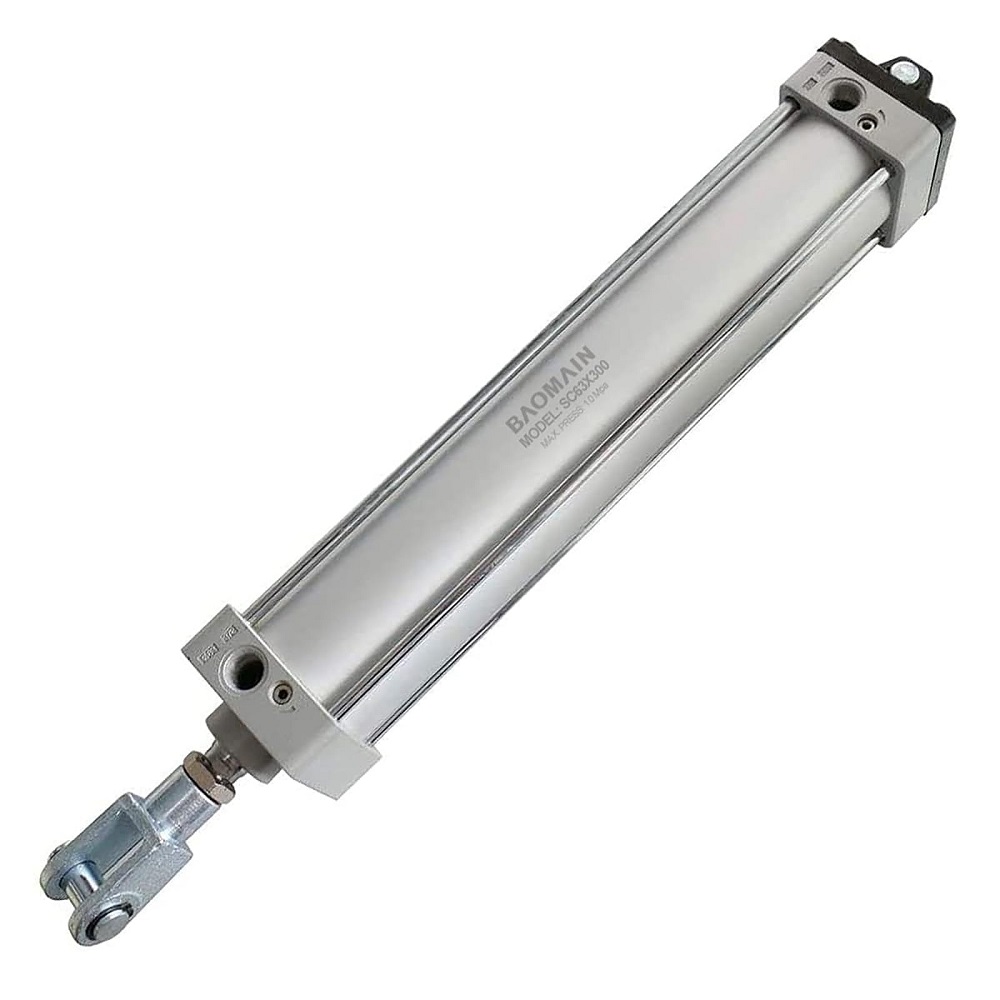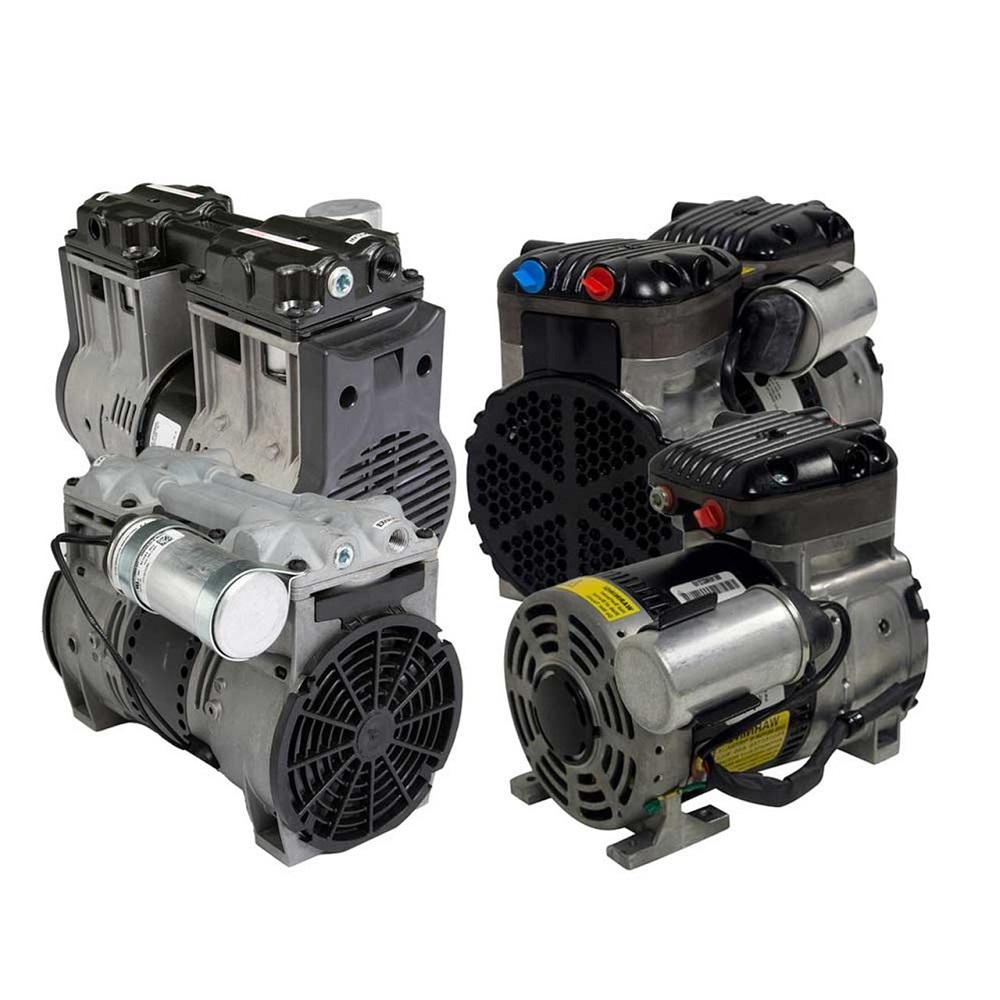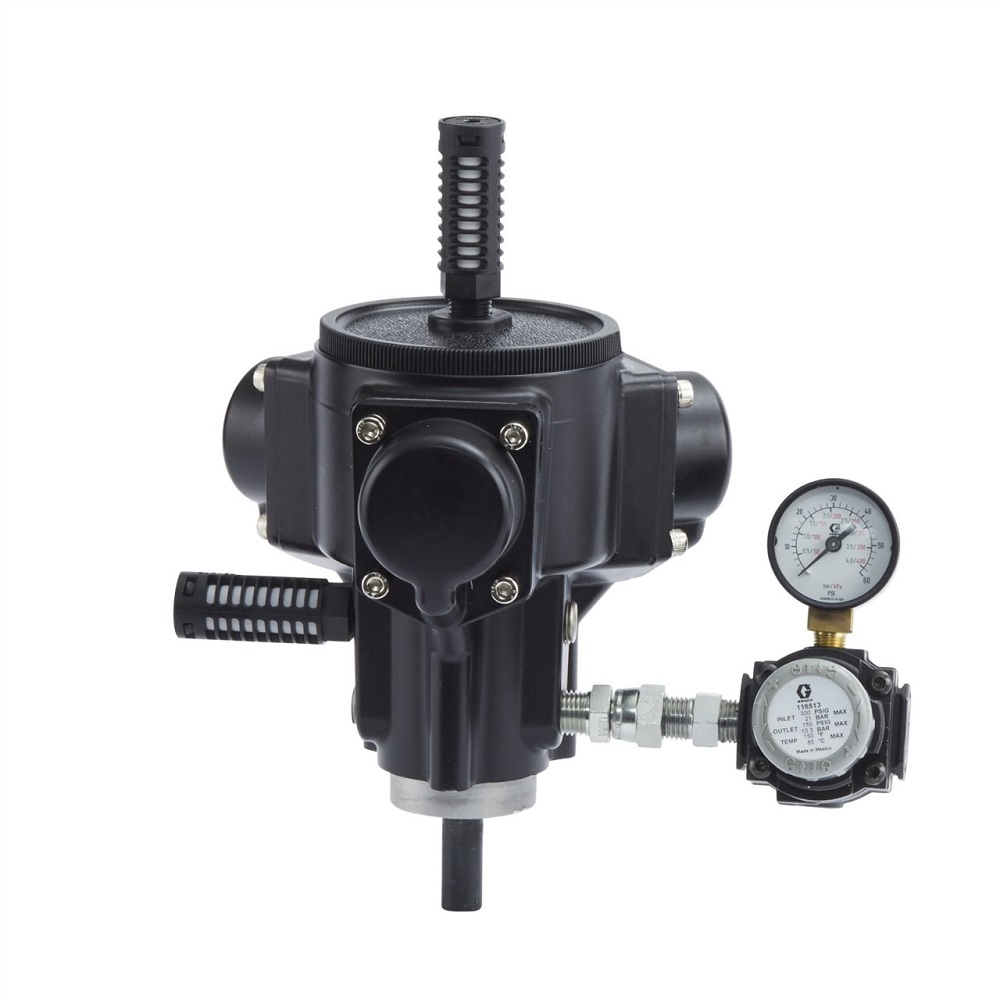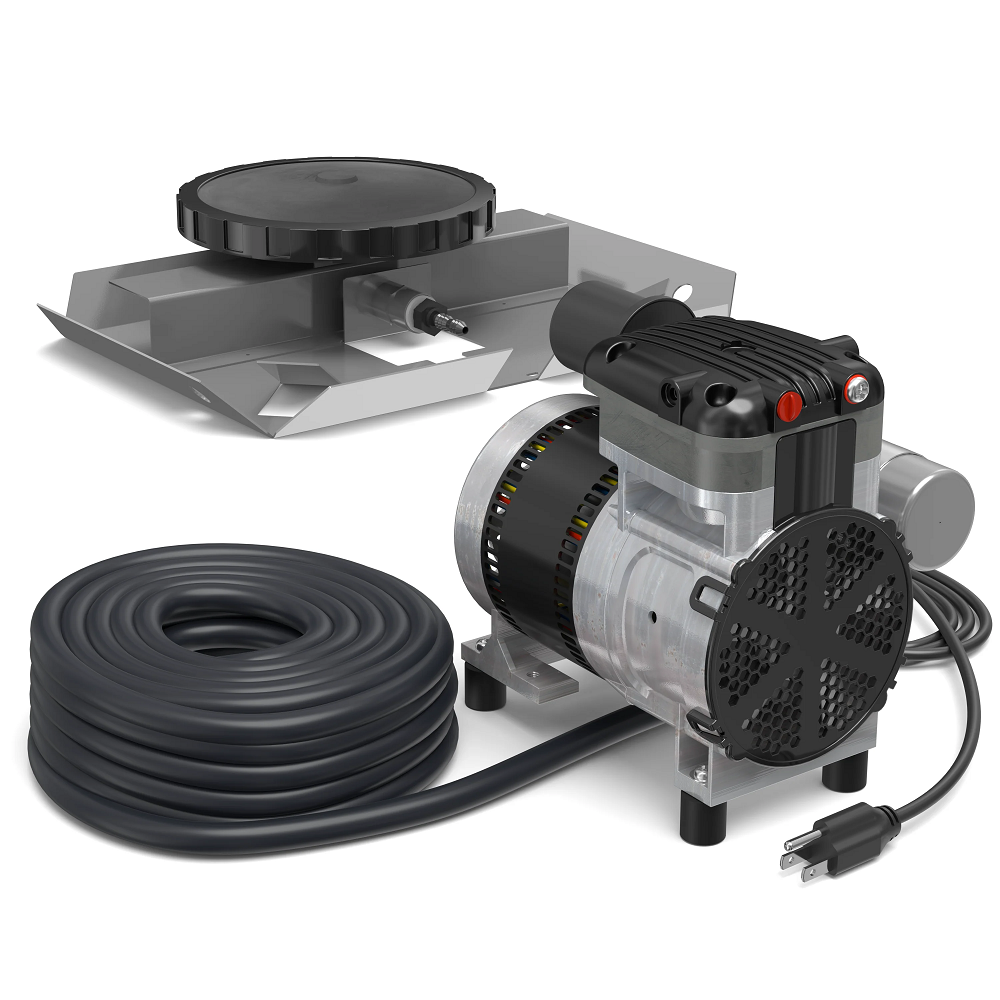Pneumatic technology has revolutionized the way we operate machinery across various industries. At the heart of this technology is the air piston. Air pistons are devices that convert compressed air energy into mechanical motion. This innovation offers numerous advantages that enhance the efficiency and effectiveness of many applications. In this article, we will explore the benefits of using air pistons in machinery, their applications across sectors, and the impact they have on modern manufacturing processes.
Understanding Pneumatic Technology
What is Pneumatic Technology?
Pneumatic technology involves using pressurized air to perform work. This technology relies on compressing air, which is then stored in a tank and released when needed to power tools and machinery. Pneumatic systems consist of a range of components, including air compressors, valves, and air pistons. Each part plays a vital role in generating and controlling pneumatic power.
In essence, pneumatic technology transforms the properties of air into usable energy for a variety of tasks. This energy can perform simple actions, such as inflating tires, or complex processes, such as operating heavy machinery. The versatility of pneumatic systems makes them an essential part of modern engineering and industry.

The Role of Air Pistons
Air pistons are integral components of pneumatic systems. They operate by using the pressure of compressed air to move a piston within a cylinder. This movement generates linear motion that can be harnessed to perform work. Air pistons convert the energy stored in compressed air into kinetic energy, making them efficient power sources for a wide variety of applications.
Moreover, air pistons come in different sizes and designs, allowing them to fit various machinery and tasks. This adaptability is a significant factor in their widespread use across different industries.
Components of an Air Piston System
A typical air piston system consists of several key components. These include the air piston itself, the cylinder, air supply lines, valves, and an air compressor. The compressor generates and supplies the compressed air. The valves control the air flow, directing it to the piston when work is required. Finally, the piston moves within the cylinder, translating pneumatic energy into mechanical force.
Understanding these components is essential for appreciating how air pistons work and their benefits. Each piece must be well-designed and maintained to ensure the efficient operation of the entire system.

Benefits of Air Pistons
Energy Efficiency
One of the primary benefits of using air pistons is their energy efficiency. Pneumatic systems can operate at lower energy costs compared to electrical systems. Air compressors use significantly less electricity than electric motors, making pneumatic options more economical in many applications. Air pistons also create less thermal waste, as energy is transferred effectively without excessive heat generation.
Additionally, pneumatic systems allow for immediate energy use. Compressed air can be released quickly, enabling instant activation of machinery. This immediacy enhances productivity on the factory floor where time is often money. More efficient use of energy translates into lower operational costs and improved sustainability.
Enhanced Speed and Performance
Air pistons offer rapid operation, significantly enhancing overall performance. The quick response time of pneumatic systems allows for faster cycles and shorter production times. This speed is crucial in industries where efficiency is paramount, such as manufacturing and automotive assembly.
With their ability to generate powerful force quickly, pneumatic systems can handle a variety of tasks such as lifting, pushing, and pulling heavy loads. The smooth and continuous motion of air pistons ensures high precision in delicate operations, making them ideal for tasks requiring careful handling.
Safety Features
Safety is a significant concern in any industrial environment, and air pistons excel in this area. Pneumatic systems operate at relatively low pressures compared to hydraulic systems, making them inherently safer. If a pneumatic line fails, the consequences are less severe, as the system will simply vent air rather than releasing high-pressure fluid, which can be hazardous.
Moreover, air pistons do not produce sparks, reducing the risk of fire in environments where flammable materials are present. This feature makes them suitable for use in industries with stringent safety regulations, such as chemicals and pharmaceuticals, where minimizing risk is imperative.

Diverse Applications of Air Pistons
Manufacturing and Assembly Lines
Air pistons play an integral role in manufacturing and assembly lines. They are commonly used to automate various tasks, increasing productivity and efficiency. Air pistons can replace manual labor in repetitive tasks, such as assembly, packaging, and quality control. By automating these processes, companies can reduce labor costs and improve consistency.
In assembly lines, air pistons can quickly move parts from one station to another, allowing for greater workflow efficiency. They also minimize potential human error during these repetitive tasks, resulting in higher precision and reduced waste. Overall, this increases the efficiency of manufacturing processes and enhances the bottom line.
Aerospace and Automotive Industries
The aerospace and automotive industries greatly benefit from pneumatic systems, and air pistons are at the forefront of this technology. In these sectors, precision and reliability are critical. Air pistons are used in various applications, from assembling parts to testing and quality assurance.
In the automotive industry, air pistons operate in tools such as impact wrenches and nailers for assembling vehicles. Their ability to deliver consistent torque ensures that you tighten every bolt correctly. In aerospace, engineers implement air pistons in equipment that requires extreme precision, such as hydraulic systems, control surfaces, and landing gear operations.
Construction and Heavy Equipment
Air pistons also find extensive applications in construction and heavy equipment. Pneumatic tools powered by air pistons, such as nail guns and jackhammers, are commonplace on construction sites. Their lightweight nature and high power-to-weight ratio make pneumatic tools easy to handle while remaining effective.
Additionally, air pistons are crucial in operating hydraulic systems for heavy machinery. They allow for smooth operation, such as lifting and lowering heavy loads without excessive strain on the operator. This versatility and power make pneumatic technology indispensable in the construction sector.

Maintenance and Longevity
Routine Inspection
Maintaining air piston systems is essential for ensuring their longevity and reliability. Regular inspections help identify potential issues before they escalate into costly repairs or downtime. Technicians should check various components, including the piston, cylinder, valves, and hoses, to ensure everything functions smoothly.
Routine maintenance helps keep the system running optimally. It minimizes wear and tear, prolonging the lifespan of components. Catching issues early can prevent more significant problems and costly repairs down the line, enhancing overall operational efficiency.
Proper Lubrication
Lubrication is critical for the smooth operation of air pistons. Regularly lubricating the piston and cylinder ensures friction is minimized, reducing wear on the parts. Proper lubrication also helps improve the efficiency of air pistons, ensuring they operate effectively.
Choosing the appropriate lubricant is essential. Technicians must follow manufacturer recommendations to avoid using incompatible substances. Proper lubrication practices not only extend the life of the air piston but also enhance its performance.
System Upgrades
Due to advancements in technology, upgrading pneumatic systems with newer components can yield significant benefits. Newer air piston designs may offer improved efficiency, greater pressure ratings, or enhanced responsiveness. Investing in upgrades can help companies stay competitive by utilizing the latest technology.
Moreover, incorporating advanced control systems can enhance precision and control over pneumatic operations. These systems allow for better monitoring and adjusting of parameters, making it easier to optimize processes. Upgrades are an excellent way to future-proof equipment and invest in ongoing improvements.

Environmental Impact
Reduction in Energy Consumption
The use of air pistons positively impacts the environment. Pneumatic systems consume less energy compared to electric drives, resulting in a lower carbon footprint for operations. As industries strive to reduce their environmental impact, energy-efficient systems become increasingly important.
By choosing pneumatic technology, companies can significantly lower their overall energy consumption. This reduction contributes to sustainability goals and can enhance corporate responsibility initiatives. Companies committed to environmental stewardship can leverage the benefits of pneumatic systems to improve their image.
Minimal Waste Production
Another environmental benefit of pneumatic technology is the minimal waste production typical of air piston systems. Since pneumatic tools operate efficiently and use air as the primary power source, there is less waste generated during operations. This efficiency helps to reduce the overall environmental burden.
Moreover, air pistons often have longer service lives than electric counterparts, which helps minimize the waste associated with equipment disposal. Sustainable practices that focus on efficiency and longevity are vital as industries aim for more responsible operations.
Commitment to Sustainability
As environmental concerns grow, many industries are encouraged to adopt more sustainable practices. The shift toward pneumatic technology aligns with these initiatives. With their energy efficiency, minimal waste, and lower carbon emissions, air pistons are an excellent choice for companies seeking sustainable solutions.
Air pistons help companies fulfill their corporate social responsibility obligations while improving their operational performance. This commitment to sustainability can create a positive impact on the environment and enhance the company’s reputation.
Conclusion
Air pistons are a crucial component of pneumatic technology that brings various benefits to machinery across multiple industries. Their energy efficiency, speed, safety, and diverse applications make them ideal for manufacturing, assembly, construction, and beyond. The advantages of air piston extend beyond operational efficiency; they also promote sustainability and environmental responsibility.
Understanding the role of air pistons helps organizations make informed choices about their machinery and operations. Regular maintenance, upgrades, and proper care will ensure optimal performance and longevity. As companies continue to explore innovative technologies, air pistons will remain an integral part of future advancements.
In summary, the use of pneumatic technology, particularly air pistons, offers a competitive edge in modern manufacturing. By incorporating these systems, businesses can improve productivity, reduce costs, and contribute to a more sustainable future. Emphasizing these factors can lead to improved operational efficiency and a more responsible approach to industry practices.
